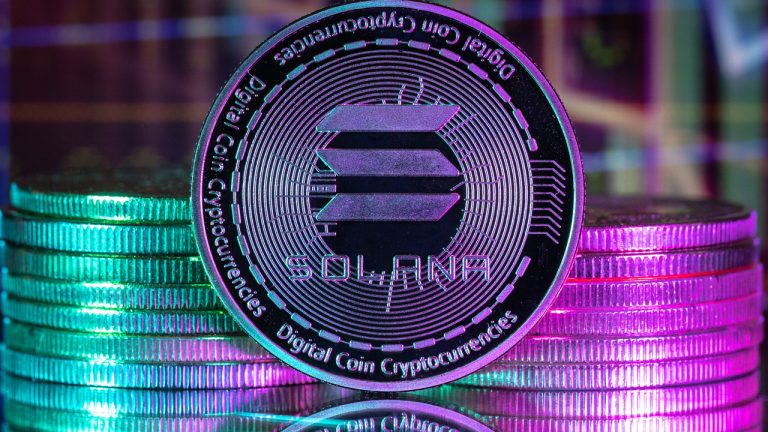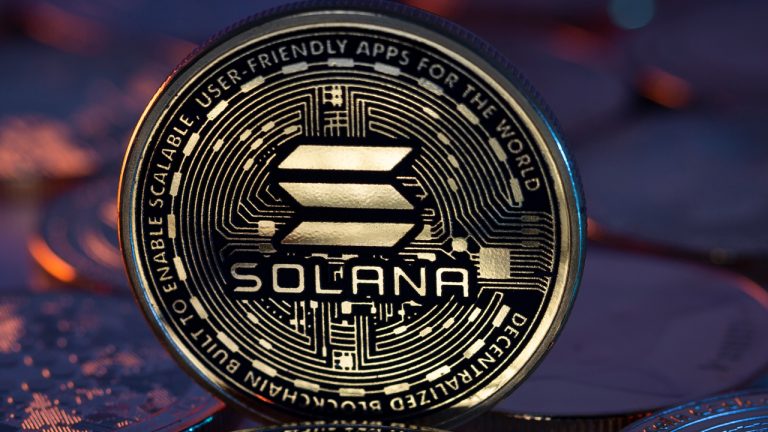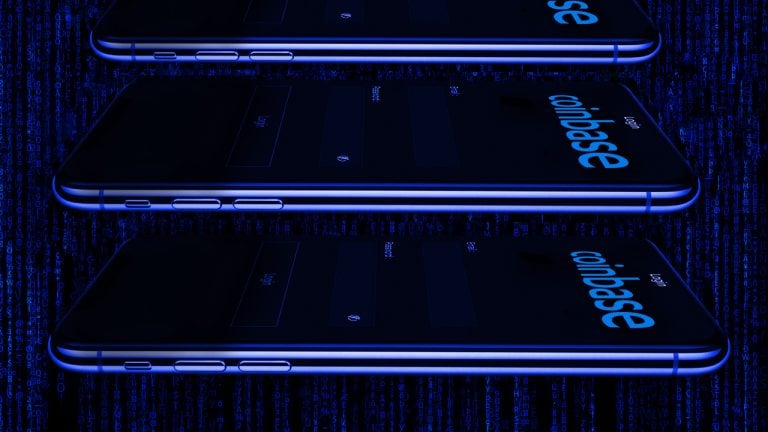
Coinbase announces that unstaking requests may take weeks to months to process as they are not in charge of ETH unstaking process.
Ether (ETH) stakers who have had their holding locked up during the Ethereum Merge event might soon have access to unstaking.
Coinbase has announced in a tweet that unstaking requests on their platform may take the protocol weeks to months to process. According to the tweet, they expect a flood of staking withdrawal requests after the update in the Ethereum network enable the functionality next month.
The Ethereum Merge, transitioned the network from proof-of-work (PoW) to proof-of-stake (PoS) in September 2022, but stakers’ holdings remained locked up. This merger created a temporary situation in which staking providers like Coinbase allow users to stake ETH on their platform – but not to withdraw them.
Expected to arrive in mid-April, Ethereum's Shapella upgrade will enable users to withdraw their staked ETH, or "unstake" it. ETH holders can also stake more without being subject to an indefinite lockup period
7/ We anticipate that demand for unstaking will be high soon after the upgrade and it may take the protocol weeks to months process unstaking requests.
— Coinbase (@coinbase) March 15, 2023
Coinbase noted that staking requests are processed on-chain, and the firm will only act as a channel to pass unstaked ETH to customers once released by the protocol.
Coinbase explained, “Unstaking requests will open to all Coinbase customers at the same time and will be relayed to the Ethereum protocol and queued based on when they are received.”
Once the upgrade is finished, users will be able to make unstaking requests from their Coinbase accounts, which will become available after approximately 24 hours. However, customers should anticipate a considerable wait time even after submitting the request.
Coinbase cannot give customers an exact timeframe for unstaking because they don't have control over the process. They have given an estimate based on the time it takes for the Ethereum network to process transactions, but customers should be prepared to wait and be patient.
Related: Ethereum price reaches lowest level relative to Bitcoin in 5 months
To account for the inconvenience, Coinbase provides its users a liquid staking option called “cbETH” as a derivative of staked ETH on the platform, letting stakers effectively trade ETH while it is still locked up, with the promise of redeemability at a later date.








 " title="
" title="